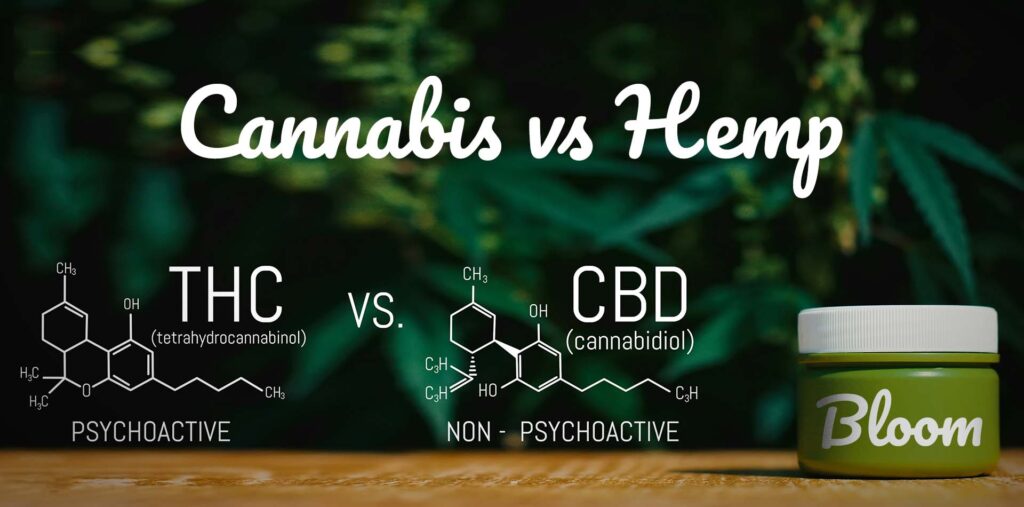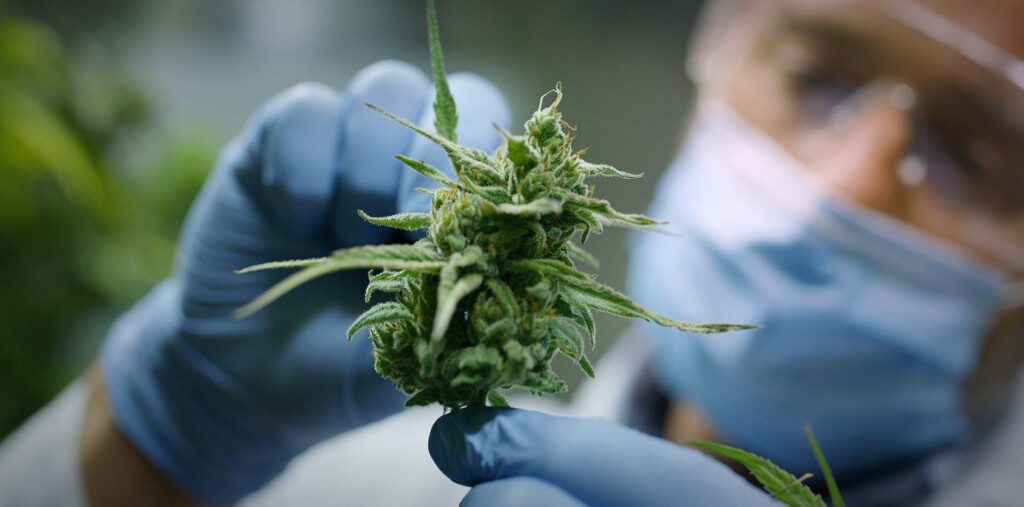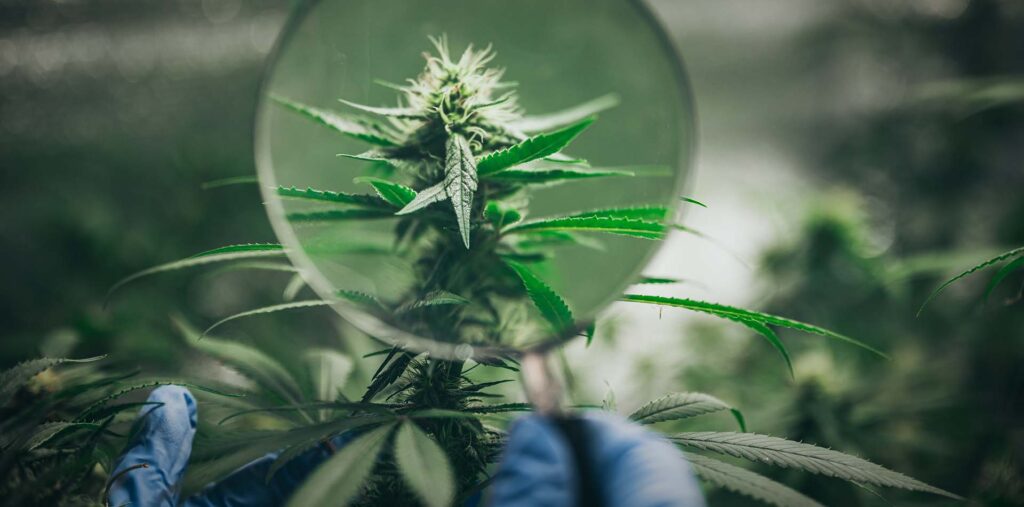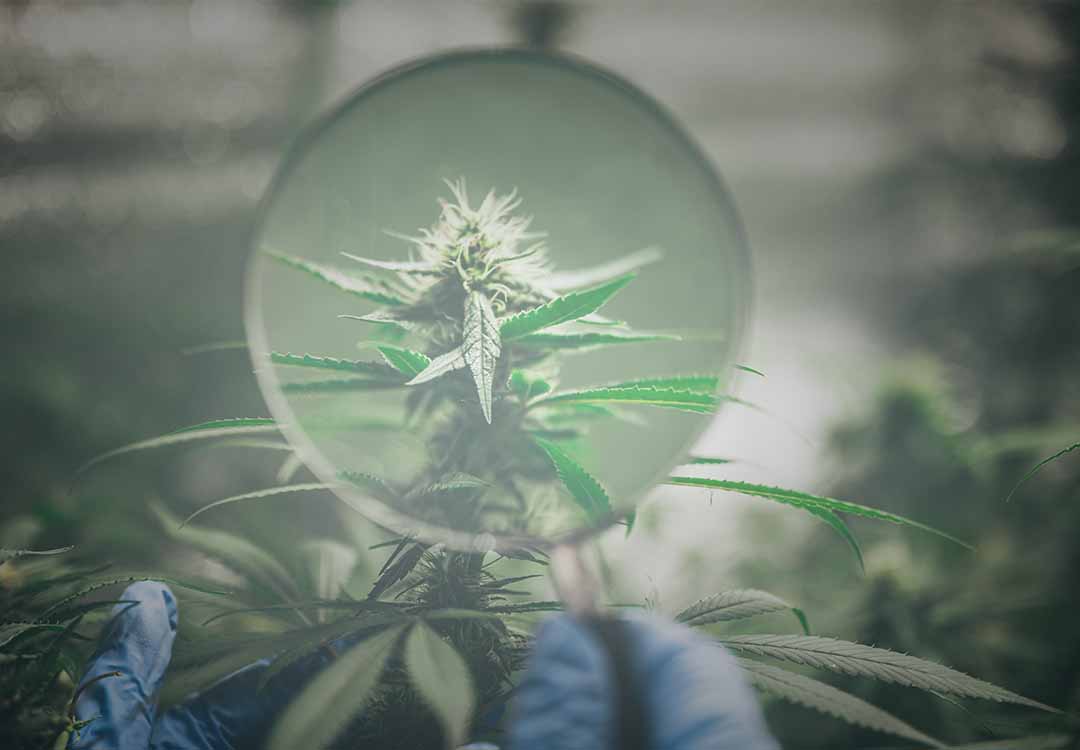Have you ever wondered about the differences between hemp, cannabis, and marijuana? If so, you’ve come to the right place.

It might surprise you that the distinction between the terms cannabis and hemp is a fairly recent thing in historical terms. The same goes for the term marijuana, which was not introduced into the American lexicon until the early 1900s.
Before we get into the differences between these three terms today, let’s start with a quick review of the history of cannabis.
The History of Cannabis Goes Back Thousands of Years
The domestication of cannabis can be traced back about 12,000 years (8000 BCE) to Asia. In addition to being used to make cords for pottery, hemp seed and hemp oil were also used for food.1
After that, cannabis spread across various civilizations around the world. In 1550 BC, it was noted in an Egyptian medical papyrus of herbal knowledge that cannabis can be effective in treating inflammation among other things.2
Fast forward a few thousand years, to 1606 AD when hemp/cannabis was introduced to what were then the British colonies. Hemp was used to make things like canvas, paper, cloth, ropes and sails. It played such an important role for the economy that in the 1700s, farmers were actually required to grow hemp.3

George Washington was said to grow hemp and it is also believed that early drafts of the Declaration of Independence were written on paper made from hemp.
At this time in our country’s history there was little distinction between the terms hemp and cannabis. It wasn’t until around 1753 that the scientific term of cannabis was used to describe the hemp plant in the US.4
So what exactly are the differences between hemp and cannabis according to current law?
Hemp vs. Cannabis
According to the Agriculture Improvement Act of 2018 the determination of whether a plant is classified as hemp or cannabis comes down to the amount of tetrahydrocannabinol (THC), which is the psychoactive ingredient in cannabis.
- Hemp is defined as a variety of cannabis that contains less than 0.3% THC
- Plants containing more than 0.3% THC are classified as cannabis.
In a nutshell, the main difference between hemp and cannabis is the amount of THC. Plants and products labeled as hemp will have trace amounts of THC, so they will not make users feel high.

Cannabis belongs to the family of flowering plants known as Cannabacae. There are three recognized species of cannabis:
- Cannabis sativa – described as having energizing effects that can help to reduce stress and anxiety, while boosting creativity and mental focus
- Cannabis indica – described as having sedative, full-body effects and known to help promote relaxation while alleviating pain and insomnia
- Cannabis ruderalis – a short plant that produces low amounts of THC and high amounts of CBD
It is important to note that the effects commonly associated with indica and sativa strains will not be the same for everyone. Since every patient has different needs and a unique endocannabinoid system, each person’s experience will be different.
Hemp vs Marijuana Difference
Now that we understand the differences between hemp and cannabis, let’s talk about the term marijuana. Throughout the 1800s, medical journals used the plant’s scientific name of cannabis.
It wasn’t until the early 1900s that the term marijuana came into the picture. That is when sentiment about the hemp plant started to shift – with federal restrictions and regulations on the sale of hemp put in place around 1906.
In 1916, however, the USDA published findings that hemp could produce four times more paper per acre than trees. And in 1938, Popular Mechanics published an article explaining that hemp could be used in 25,000 different industrial applications.

Just as the world was beginning to understand the industrial potential of hemp, the Marijuana Tax Act of 1937 came along and heavily taxed hemp sales.
This is right around the time when the term Marijuana entered our lexicon.
There are some who believe the term was created to bring a stigma to cannabis. They say the heavy taxation of hemp was aimed at helping the emerging plastic and nylon industries, as well as vertically integrated paper companies who had a financial interest in seeing the lumber industry thrive.
The bottom line is that when you hear the term Marijuana today it is being used to refer to cannabis which contains more than 0.3% THC. The term marijuana is popular with recreational users of cannabis who may also use terms like weed or bud.
Hemp’s Role in the U.S. War Effort
After initiating the heavy taxation of hemp in 1937, the US Government had to soften its stance on hemp in 1942. That’s when the USDA initiated the “Hemp for Victory” program to encourage farmers to grow hemp to make rope for the U.S. Navy during World War II.

Then after the war ended, restrictions on growing and selling hemp were put back into place—while alternatives to hemp, like plastic and nylon, were encouraged. Eventually hemp farming was banned in 1970 with the passing of the Controlled Substances Act which classified hemp as a schedule 1 drug.
With that, a plant that had been valued for its industrial, nutritional, and medicinal potential for thousands of years, was placed in the same category as LSD and heroin.
Fortunately, with more states legalizing cannabis for medical and recreational use, the therapeutic benefits of cannabis are once again within reach for many Americans.
Hemp CBD vs. Cannabis CBD
In addition to the cannabinoid known as THC, which is the psychoactive compound in cannabis, there are more than 100 cannabinoids within the cannabis plant.
One example is cannabidiol (CBD). In addition to helping with stress and anxiety, clinical trials suggest CBD can help treat childhood epilepsy. As we mentioned earlier, the main difference between a hemp and cannabis plant is the amount of THC by percentage. The same applies to CBD.

Hemp derived CBD will have higher levels of CBD and trace amounts of THC, while cannabis derived CBD can contain similar doses of both.
When it comes down to it, both types of CBD are molecularly identical regardless of if they’re derived from hemp or cannabis. But, there are a few factors that differentiate CBD from hemp vs cannabis.
For example, cannabis tends to be richer in CBD than most hemp. So cannabis derived CBD can contain higher levels of CBD.
Another difference is that certain cannabis-derived CBDs, like full-spectrum CBDs, contain all cannabis compounds, including THC. Many believe that by ingesting THC and CBD together it can enhance the benefits of both-which is known as the entourage effect.
Click here to read our blog that explains how CBD oils with THC can provide enhanced health benefits.
Does Hemp Flower Have THC?
The term flower refers to the blooms or “buds” of the cannabis or hemp plant. Although hemp flower and cannabis flower look similar, their effects are not the same.

Cannabis flower contains more than 0.3% THC. Hemp flower on the other hand, contains less than 0.3% THC – meaning patients can enjoy its therapeutic benefits without the psychoactive effects.
Click here to learn more about the different types of cannabis flower.
Cannabis Oil vs. Hemp Seed Oil
Cannabis oil extracted from cannabis contains all the cannabinoids in the plant, including THC and CBD. For the most part, cannabis oils will have higher levels of THC and lower levels of CBD.

What about hemp seed oil?
Hemp seed oil, or hemp oil, is extracted from the seeds of the cannabis plant. Although hemp seeds contain no THC and little CBD, they are packed with nutrients, omega-3 and omega-6 fatty acids, antioxidants, and bioactive compounds.
In addition to containing high levels of vitamin B and D, hemp seeds are rich in linoleic acid, which research shows can help to reduce the levels of “bad” cholesterol (LDL). Because of that it is believed hemp seed can help to reduce the risk of high blood pressure, stroke, and heart disease.6
The Best Way to Medicate with Cannabis Is Different for Everyone
Let Bloom Help to Determine Which Way is Best for You
Everyone’s experience with medicinal cannabis will vary. Instead of focusing on the kind of strain you should medicate with, it is important to strike the right balance of cannabinoids and terpenes that work best with your endocannabinoid system.
Doing so can help to unlock your body’s natural healing power. As part of our commitment to cannabis education, Bloom Medicinals would like to offer you the opportunity to schedule a free, one-on-one consultation.
During this free consultation, our patient care specialists will get to know you, your qualifying conditions, medications, dietary restrictions, activity level, and any specific effects you’re seeking, or looking to avoid.
By doing so, we can help you identify the consumption methods and forms of cannabis that are best for you!
Take the first step toward a better quality of life by calling to schedule your free consultation at a Bloom Medicinals dispensary near you!

